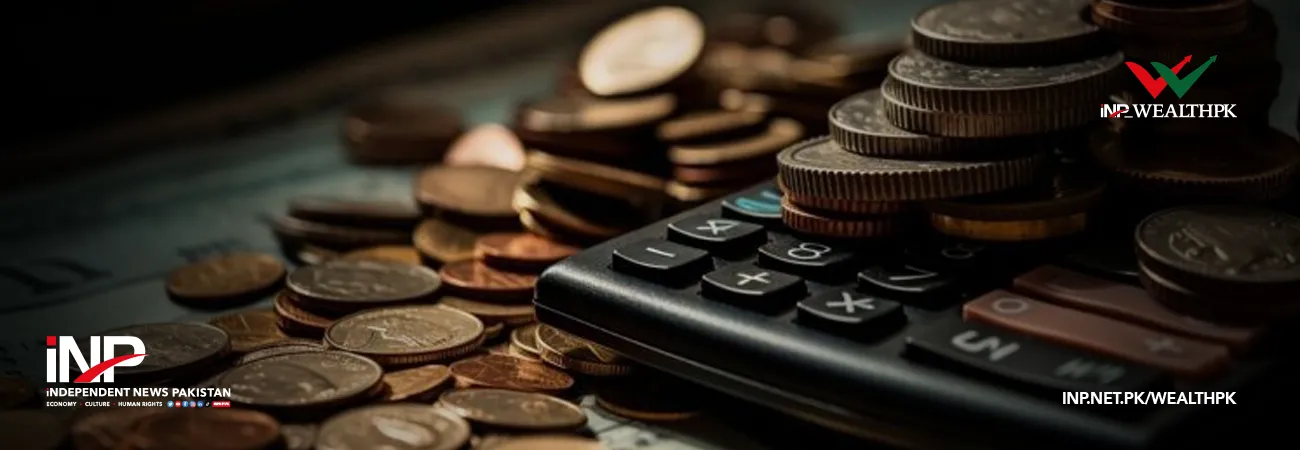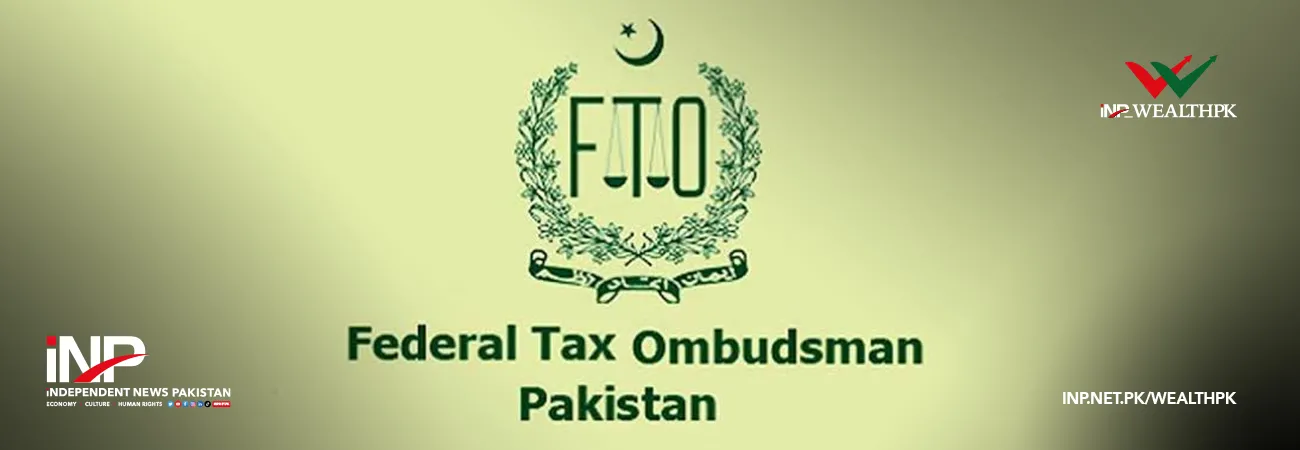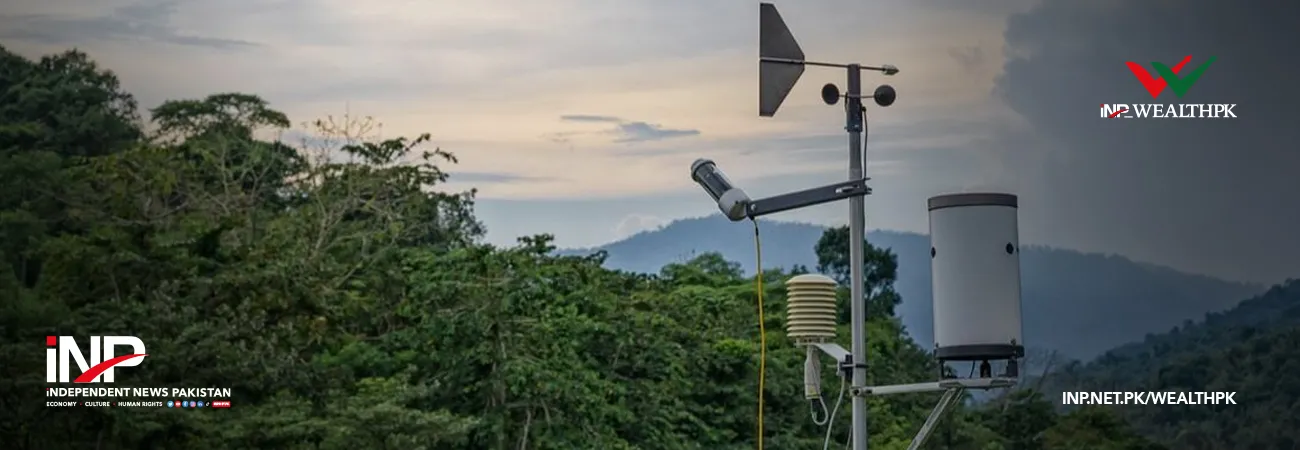INP-WealthPk
Qudsia Bano
Pakistan’s private sector credit (PSC) doubled during fiscal year 2024-25 as a sharp reduction in interest rates, improved business confidence, and revival in manufacturing activity spurred demand for financing, according to the State Bank of Pakistan’s (SBP) Governor’s Annual Report 2024-25.
The report said that as the SBP’s Monetary Policy Committee reduced the policy rate by 1,100 basis points between June 2024 and June 2025, banks recorded a broad-based increase in lending across multiple sectors for both working-capital and fixed-investment purposes. Credit offtake to businesses more than doubled compared with the previous year, reflecting lower borrowing costs and an expanding industrial base.

Textile firms remained the largest beneficiaries, accounting for nearly 36 percent of the total increase in business lending, driven by higher export orders, stable exchange rates, and reduced input-cost volatility. Manufacturers in construction materials, autos, and chemicals also tapped banks for new financing to meet production targets and replenish inventories. The central bank said that by mid-FY25, a noticeable pick-up in large-scale manufacturing output confirmed that credit transmission was feeding into the real economy.
On the supply side, banks actively sought new clients to avoid higher tax slabs triggered when their advance-to-deposit ratio stays below 50 percent. This policy nudge encouraged institutions to expand lending portfolios rather than park liquidity in government securities. As a result, lending to private businesses became the major driver of asset growth, while government borrowing from banks fell by 58 percent compared with FY24.
Deposits and borrowings together financed about 85 percent of the expansion in banking-sector assets. The SBP noted that, although deposit inflows slowed amid falling interest rates, credit expansion remained strong enough to create liquidity pressures in the interbank market. To manage these pressures, the central bank increased open-market operations, keeping money-market rates close to the policy target.
Analysts see the surge in private-sector credit as a sign of renewed confidence after two years of tight financing conditions. With headline inflation falling to 4.5 percent and a relatively stable rupee, businesses are again investing in capacity and employment. However, the SBP cautioned that geopolitical tensions and regional uncertainties could still affect credit demand in FY26 if global conditions worsen.
Overall, the banking sector’s asset base rose 15 percent to Rs 59.6 trillion, with private credit emerging as a key component of the system’s balance-sheet expansion. The SBP said this trend supports its objective of sustainable growth through productive lending rather than dependence on government borrowing.
Credit: INP-WealthPk













